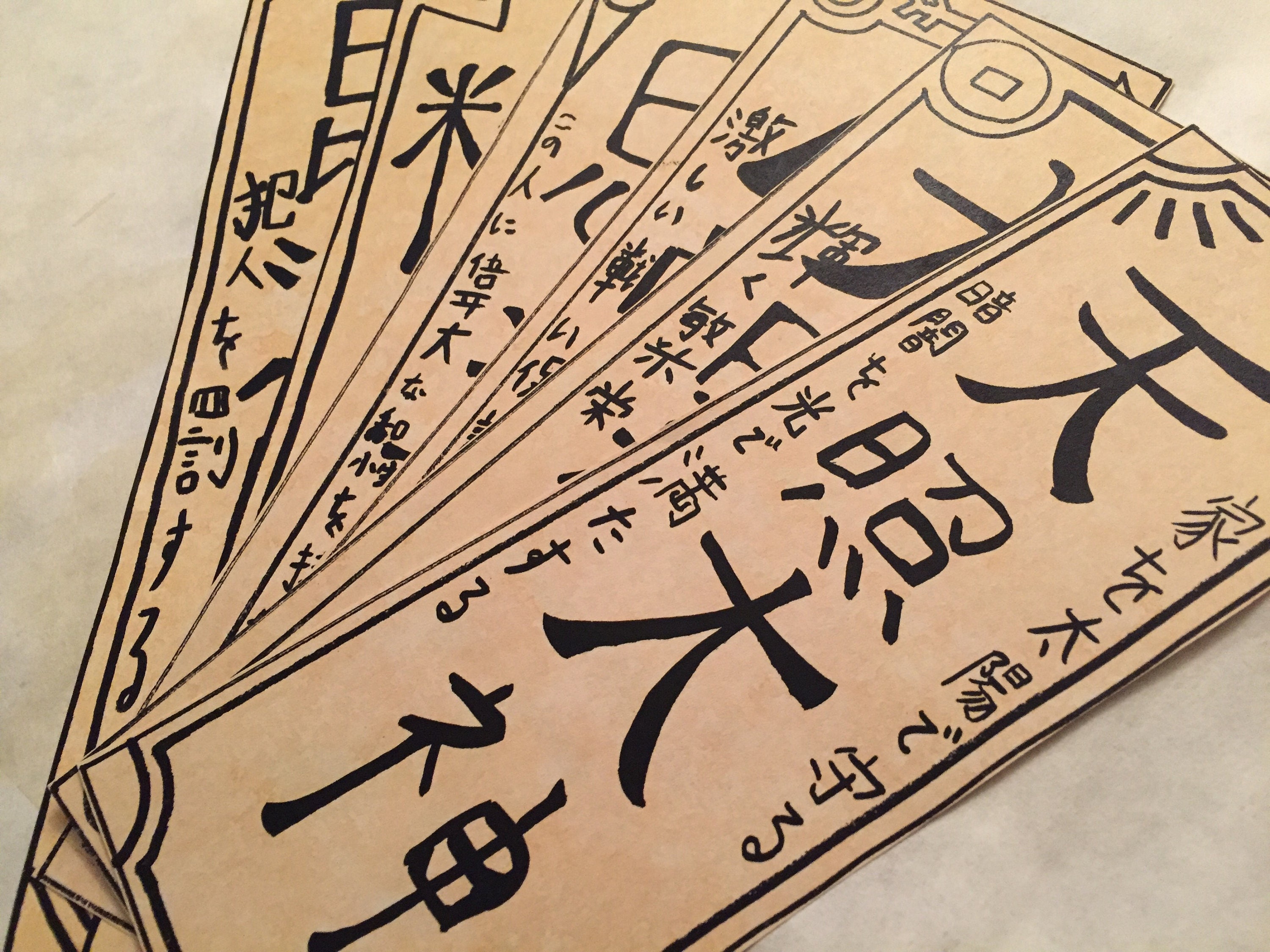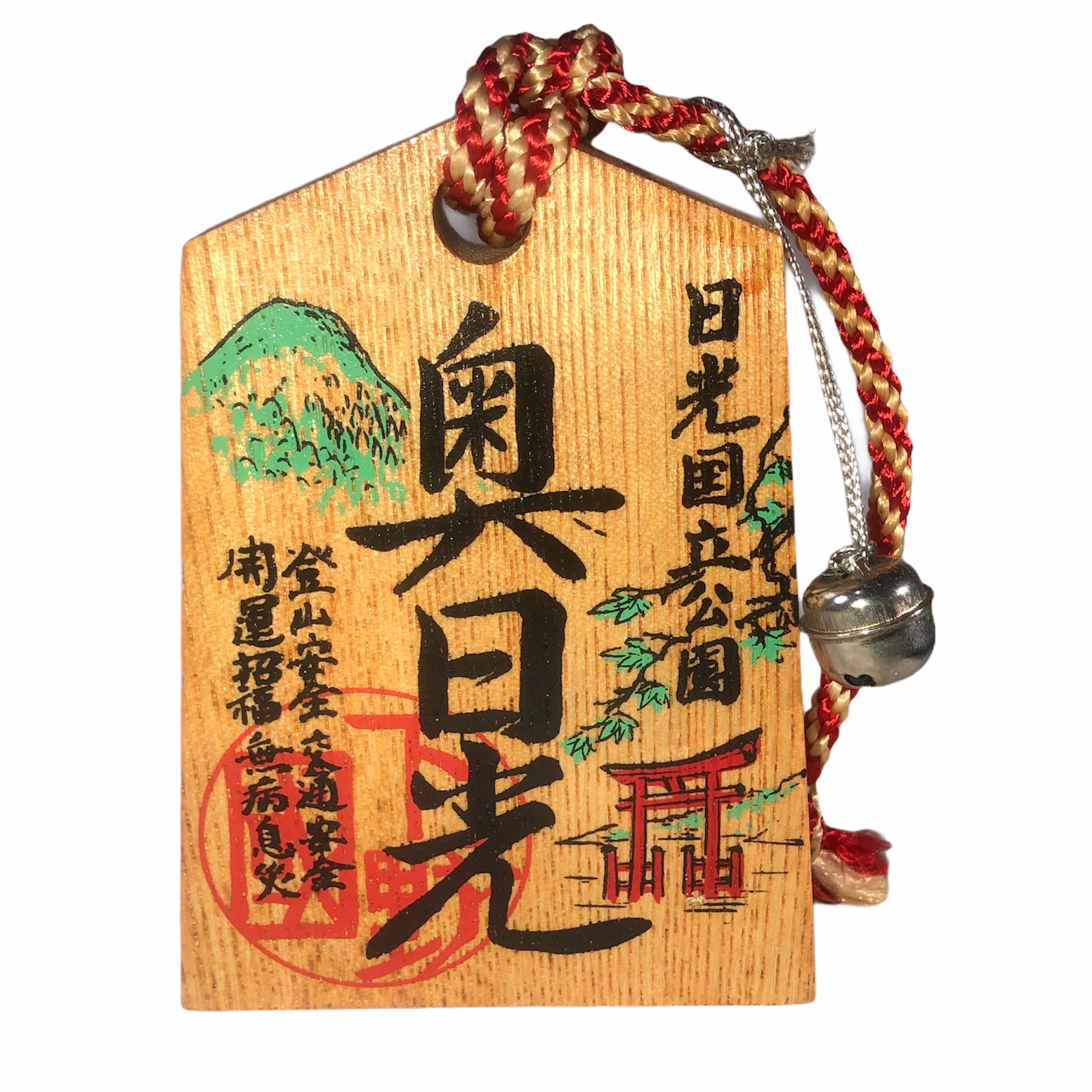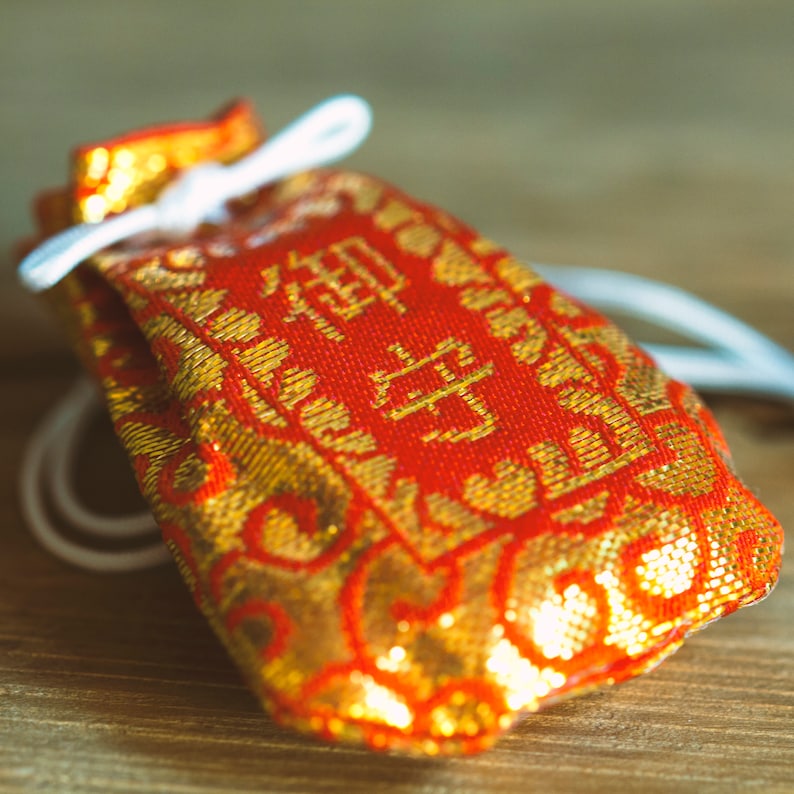
Japanese protection talisman from Japan Lucky charm, Japanese, Japanese temple
Fulu was also incorporated into coin talismans, of which many resemble cash.Many of these talismans have not yet been deciphered. One specimen has been described where talismanic script was written side by side with Chinese characters suspected to be their glosses or equivalents. On rare occasions, fulu has also been found on Buddhist numismatic charms and amulets.

Japanese Paper Talismans Ofuda Etsy
One of the most common in Japanese history is the netsuke. Netsuke are small sculptures that secured the cord of a carrying-gourd or carrying-box to a person's sash. Kimono and other traditional Japanese clothing lack pockets. The sculptures had various properties based on their shape.

Store site of Holy wisdom, Maha Saton Yantra for perfect Protection . Most Powerful Amulet
Talismans in Japan date back to the Heian period (794-1185 AD), when they were used to ward off evil spirits and protect against disease. The practice of using talismans became widespread during the Edo period (1603-1868), when they were sold at Shinto shrines and Buddhist temples. Japanese talismans are based on the belief that objects, words.

GI Qiqi Talisman Set Etsy Singapore
Decisions, decisions… All over Japan, each shrine and temple you may drop in on sells small omamori—loosely translated, the word means amulet (as a form of protection) or talisman (as a provider of luck), and the kanji at the heart of the word means "to guide or protect."

Japanese Protection Talisman dinhavaidosa
Main Laconic ImageLinks Create New These paper tags, also known as "ofuda", are used in Shinto and Onmyōdō for purification and exorcisms or as wards. They are sometimes used with Shide, and most commonly at Shinto Shrines or by Miko . Taoists also use a version of the tags called Fu. In Buddhism and Hinduism they are called Sutras.

The Japanese Talisman Called Ofuda YABAI The Modern, Vibrant Face of Japan
In Shinto and Buddhism in Japan, an ofuda ( お札 / 御札, honorific form of fuda, 'slip [of paper], card, plate') is a talisman made out of various materials such as paper, wood, cloth or metal.

Japanese Wooden Omamori Amulets (Charms,Talismans) for Protection Lazada PH
Jiangshi A jiāngshī ( simplified Chinese: 僵尸; traditional Chinese: 殭屍; pinyin: jiāngshī; Jyutping: goeng1 si1 ), also known as a Chinese hopping vampire, [1] is a type of reanimated corpse in Chinese legends and folklore.

"Do you have any talisman that can help improve a person's memory and make him learn things
1. Meaning Omamori The terms charm, amulet and talisman all have subtly different meanings in French. But in Japanese, "omamori" is used for these three words. Moreover, in Japanese society the word omamori also refers to charms and amulets from all over the world ! 2. How are traditional Omamori made ?

Japanese OMAMORI Talisman for Money Kiyomon3 Etsy in 2022 Amulet charm, Talisman, Japanese
Card descriptions. [ hide] English. You can only activate this card while there is a face-up "Sealmaster Meisei" on your side of the field. While this card is face-up on the field, Spell Cards cannot be activated and the effects of face-up Spell Cards on the field are negated. When "Sealmaster Meisei" is removed from the field, destroy this.

Japanese OMAMORI Charm Amulet Talisman for HEALTH fushhea2 Etsy
Among the many things in Japan that showcase this part of their culture like the Hamaya, which is a demon-breaking arrow, there is a talisman in the Japanese culture that can supposedly be used for almost anything. This particular Japanese talisman is known the Ofuda.

Symbol Japanese talisman, Talisman, Sigil magic
Omamori ( 御守 / お守り) are Japanese amulets commonly sold at Shinto shrines and Buddhist temples, dedicated to particular Shinto kami as well as Buddhist figures, and are said to provide various forms of luck and protection. Origin and usage The word mamori ( 守り) means 'protection', with omamori being the sonkeigo (honorific) form of the word.

Japanese OMAMORI Charm Amulet Talisman From Temple Etsy
Ofudas, commonly known as Omamori are Japanese talismans that people receive when visiting temples and shrines. And here you'll find out what it is and where you can find the Omamori. Omamori, traditional Japanese amulets believed to bring good luck and protection, have been cherished by people for centuries.

Ofuda (charm) is a type of household amulet or talisman, issued by a Shinto shrine, hung in the
In Shinto and Buddhism in Japan, an ofuda is a talisman made out of various materials such as paper, wood, cloth or metal. Ofuda are commonly found in both Shinto shrines and Buddhist temples and are considered to be imbued with the power of the deities or Buddhist figures revered therein. Such amulets are also called gofu .

Omamori Japanese Amulets Abe no Seimei Onmyodo
Pass the talisman three times through the flame of the candle and the smoke of the incense, to purify it and open it in receiving the energy you are going to give to it. If you have written the name of a deity, meditate on him or her. Especially on the aspects of the deity you are invoking for the talisman. Then ask the deity to pass his/her.

Japanese protection talisman from Japan Talisman, Lucky charm, Japanese
The kuji-in ( Japanese: 九字印) or jiǔzìyìn ( Chinese: 九字印 ), also known as Nine Hand Seals, is a system of mudras and associated mantras that consist of nine syllables. The mantras are referred to as kuji ( Japanese: 九字 ), which literally translates as nine characters.

Japanese Protection Talisman dinhavaidosa
Episode 1 Talismans ( 呪 じゅ 符 ふ Jufu?) are paper tags that can be imbued with cursed energy and cursed techniques. They are high-utility items in sorcery that are used by sorcerers for various purposes. Even non-sorcerers can make use of them.